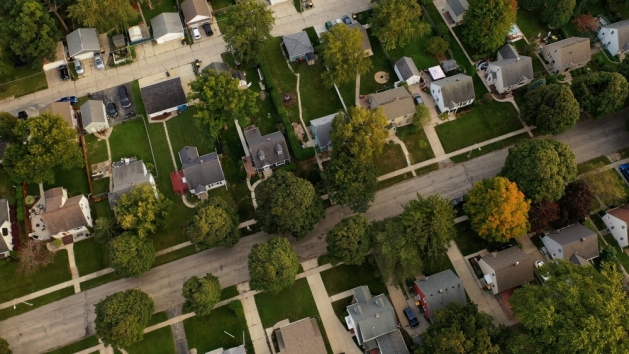
The human body has an innate capacity to withstand environmental stressors and to adapt to its surroundings. That said, chronic exposure to toxic substances can open the doorway to pathologies of every kind. It’s shocking how many toxic compounds can be found in our own homes.
Enter: “house biology,” a subset of ecology that deals with the environment of the home and living space, which has increased public awareness on some of the following toxic offenders in our own homes.
- Mold grows in moist environments like basements and produces poisonous mycotoxins.
- Flame retardants are often found in furniture, carpet and textiles.
- Formaldehyde is a colorless gas used in building materials and textiles. The “new” smell of a mattress is often caused by formaldehyde.
- Perfluorochemicals (PFCs) repel grease and water and are popular in paints, flooring and furniture.
- Volatile organic compounds (VOCs) are commonly found in new carpet and rugs and slowly evaporate into the air.
These chemicals can impact everything from your liver, kidneys and thyroid to your gastrointestinal, immune, nervous, reproductive and respiratory system(s). There are, however, a plethora of agencies working to provide the public with solutions.
The United States Environmental Protection Agency is one of them. You can browse its Sustainable Marketplace at epa.gov/greenerproducts.
Interested in hiring a consultant to clean the toxins out of your house? Connect with a qualified house biology expert at The Building Biology Institute.
Contributed by Timothy Borowski, M.S., a natural healthcare professional and founder of Axon Movement, located at Statera Health in Edina.









